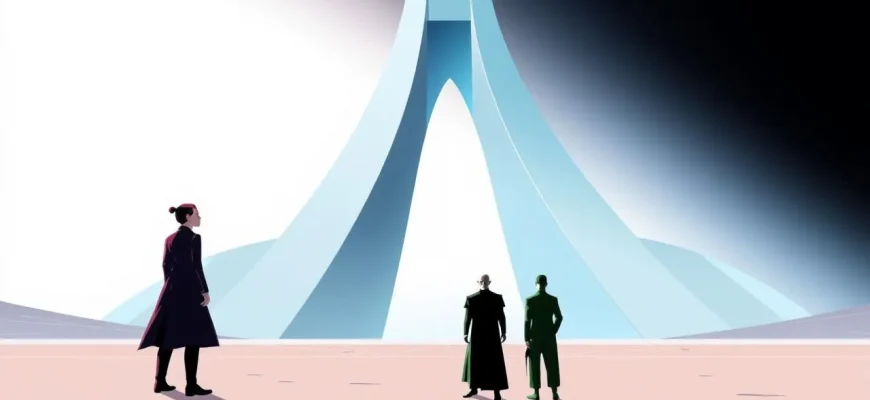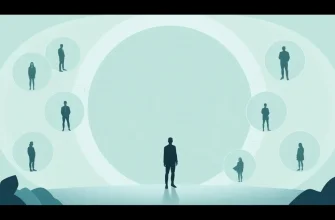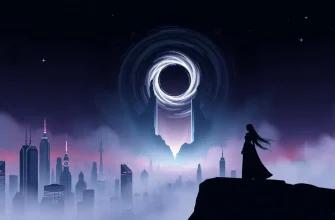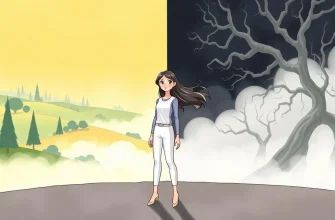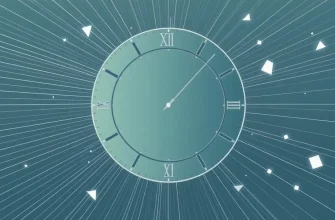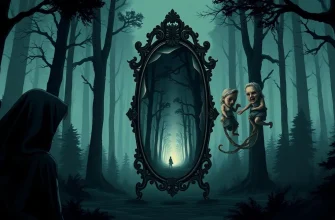Delve into the enigmatic world of parallel realities with this curated selection of films. Each movie in this collection explores the concept of alternate universes, where different choices lead to vastly different outcomes, challenging our perceptions of reality and identity. This list is perfect for those who love to ponder the 'what ifs' of life, offering both intellectual stimulation and a thrilling cinematic experience.
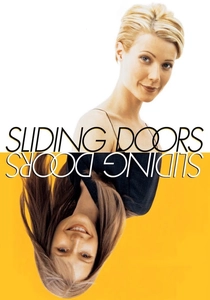
Sliding Doors (1998)
Description: This film shows two parallel timelines based on whether the protagonist catches or misses her train, exploring how small events can drastically alter one's life path.
Fact: The title refers to the doors of the London Underground, symbolizing the pivotal moment that splits the narrative. Gwyneth Paltrow plays both versions of her character.
 Watch Now
Watch Now
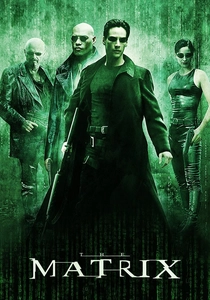
The Matrix (1999)
Description: This film introduces the idea of a simulated reality controlled by sentient machines, where humans are trapped in a virtual world. The concept of 'the Matrix' itself is a form of parallel reality.
Fact: The film's directors, the Wachowskis, were heavily influenced by anime and cyberpunk literature. The red pill/blue pill choice has become a cultural metaphor for choosing between harsh reality and blissful ignorance.
 Watch Now
Watch Now
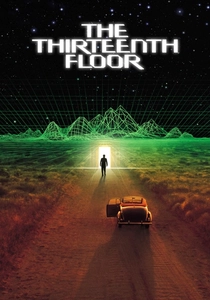
The Thirteenth Floor (1999)
Description: This film delves into virtual reality and simulated worlds, where characters navigate through layers of reality, questioning what is real and what is a simulation.
Fact: The film is loosely based on the novel "Simulacron-3" by Daniel F. Galouye, which also inspired the TV series "Counterpart."
 Watch Now
Watch Now
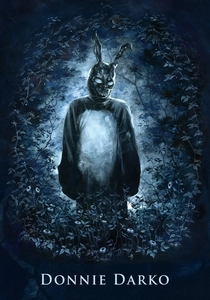
Donnie Darko (2001)
Description: This cult classic involves time travel, alternate realities, and a mysterious figure in a rabbit suit, exploring the concept of a 'tangent universe.'
Fact: The film was initially a box office flop but gained a massive following through home video. The director's cut provides more clarity on the film's complex plot.
 Watch Now
Watch Now
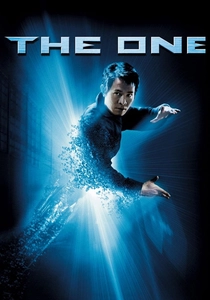
The One (2001)
Description: In this action-packed film, a man discovers he has multiple versions of himself in parallel universes and sets out to kill them to gain their power, creating a single, omnipotent version of himself.
Fact: Jet Li plays multiple versions of his character, showcasing his martial arts skills in different styles. The film explores the multiverse theory in a very physical way.
 Watch Now
Watch Now
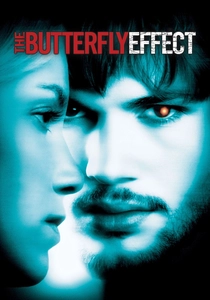
The Butterfly Effect (2004)
Description: The protagonist can travel back in time to alter his past, creating different timelines and realities with each change, highlighting the chaos theory's butterfly effect.
Fact: The film had several alternate endings, reflecting the theme of multiple realities. Ashton Kutcher's dramatic role was a departure from his usual comedic characters.
 Watch Now
Watch Now
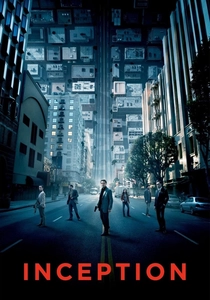
Inception (2010)
Description: Inception explores the concept of dream layers, where characters navigate through multiple levels of subconsciousness, effectively creating parallel realities within dreams.
Fact: The film's complex narrative required a detailed visual guide for the crew to keep track of the various dream levels. The spinning top in the movie is a symbol of reality testing.
 Watch Now
Watch Now
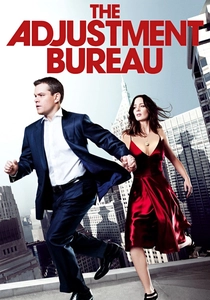
The Adjustment Bureau (2011)
Description: Based on a Philip K. Dick story, this film features a world where a mysterious organization controls human fate, with characters fighting against their predetermined paths, creating alternate realities.
Fact: The film uses real New York City locations, including the famous hat scene in Madison Square Park, to ground its fantastical elements in reality.
 Watch Now
Watch Now

Another Earth (2011)
Description: After discovering a duplicate Earth, the protagonist grapples with the implications of this parallel world, exploring themes of redemption and alternate life choices.
Fact: The film was made on a very low budget, with much of the special effects being practical or created through clever cinematography.
 Watch Now
Watch Now
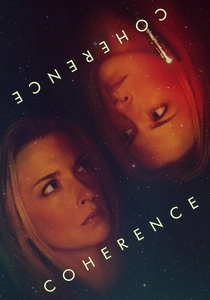
Coherence (2013)
Description: A dinner party turns into a mind-bending exploration of parallel realities when a comet passes by, causing strange occurrences and identity confusion among the guests.
Fact: The film was shot in 5 days with a very small budget, relying heavily on dialogue and character interaction to convey its complex narrative.
 30 Days Free
30 Days Free

